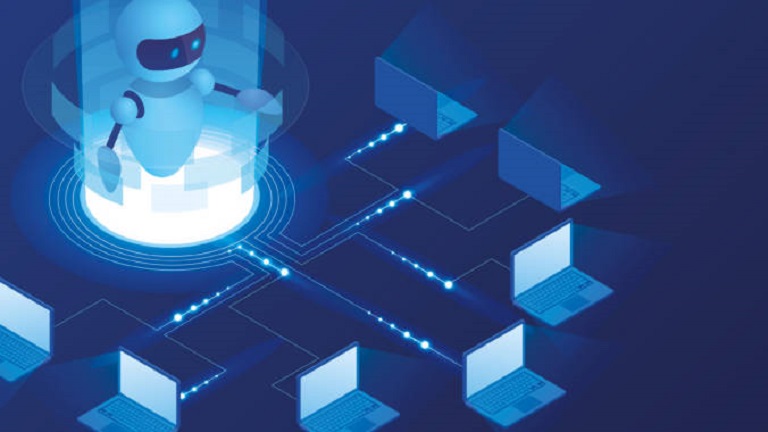RPA and IoT: Gartner Puts Tech in Perspective

For starters, notes Cathy Tornbohm, Gartner’s London-based vice president for BPO Research, RPA and IoT can’t “think”– it’s not smart. More about RPA and IoT. “The vision of adding IoT to everything is interesting and RPA could help you manage that. But it depends where you are starting from,” she says. In general, companies are mainly using RPA tools to move data in and out of legacy systems, client servers, or websites. Sometimes, she notes, when each of us conducts business through a website, particularly with organizations that matured before the Internet, when we input data we assume it is going directly into a computer; however, in many cases there is still an intermediate step involving a human. And that’s part of RPA’s appeal. “I have looked at both RPA and IoT since they came out and, essentially, one of the challenges of IoT is that there is a lot you need to get in and out in the form of thousands of data points,” Tornbohm says. That’s where an RPA tool can be helpful. Much like an Excel macro, the RPA moves data from A to B. However, there are other capable tools, some with AI, that can filter and move data very reliably, she says. “But if you don’t have something like that, which can handle complex moves, why not an RPA tool?” Indeed, why not?

Cathy Tornbohm, Gartner’s vice president for BPO Research, London>
Well, according to Tornbohm, there are reasons to consider other options. For example, if you have several data points that need to be perfectly moved to a legacy system or BI system and there is no native integration route then RPA is a good option. It is useful when there is something to stop you from using an API or BPM tool or an integration-as-a-service tool. Those are all forms of automation that provide many ways to get the same results, without an RPA. “In a sense RPA is like BPM lite,” Tornbohm says. It is when you can’t use an API that RPA becomes the integration option of choice, according to Tornbohm. However, the decision to deploy RPA will always come from encountering roadblocks involved with moving data.

“To offer another example, let’s say my IoT data told me the traffic lights were out in my neighborhood or all the road salt boxes are empty,” says Tornbohm. Often, there is still a person taking all that data spewing from the IoT source and then laboriously feeding it into a legacy system so that the proper orders are generated to install the new lamps or fill the boxes. “Again, if that kind of thing is a roadblock you face and you find an RPA system will do it more efficiently – and without introducing any keying errors – that’s fine,” says Tornbohm. On the other hand, she notes, “maybe you should invest in newer systems instead of trying to maintain your old legacy system, because that might save time and money.” And, an RPA system might not be that much of an improvement. “It might take Fred or Susan five hours to move the data; the RPA system might do it in two and in the meantime you are still operating all those old systems,” she adds. An API approach in contrast is much more of a plug-and-play situation. “An API is built to deal with change but with an RPA, when processes or systems change it has to be updated,” she says.

Sign up for the Avnet Silica Newsletter!
Stay up-to-date with latest news on products, training opportunities and more!

Take a DEEP look into the future!
Get the latest market trends and in-depth trainings on our Digital Event Experience Portal!

Avnet Silica Design Hub
Browse and review hundreds of proven reference designs to accelerate your design process. Our designs can be modified and saved in our AVAIL design tool and then exported to your CAD tool of choice.



